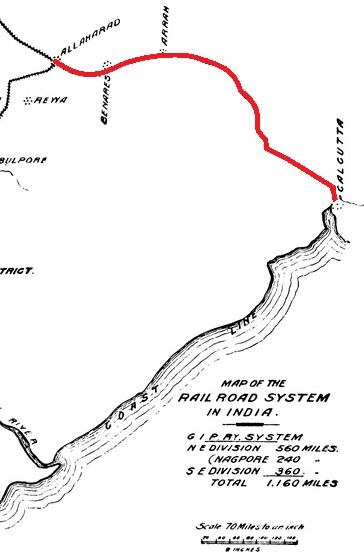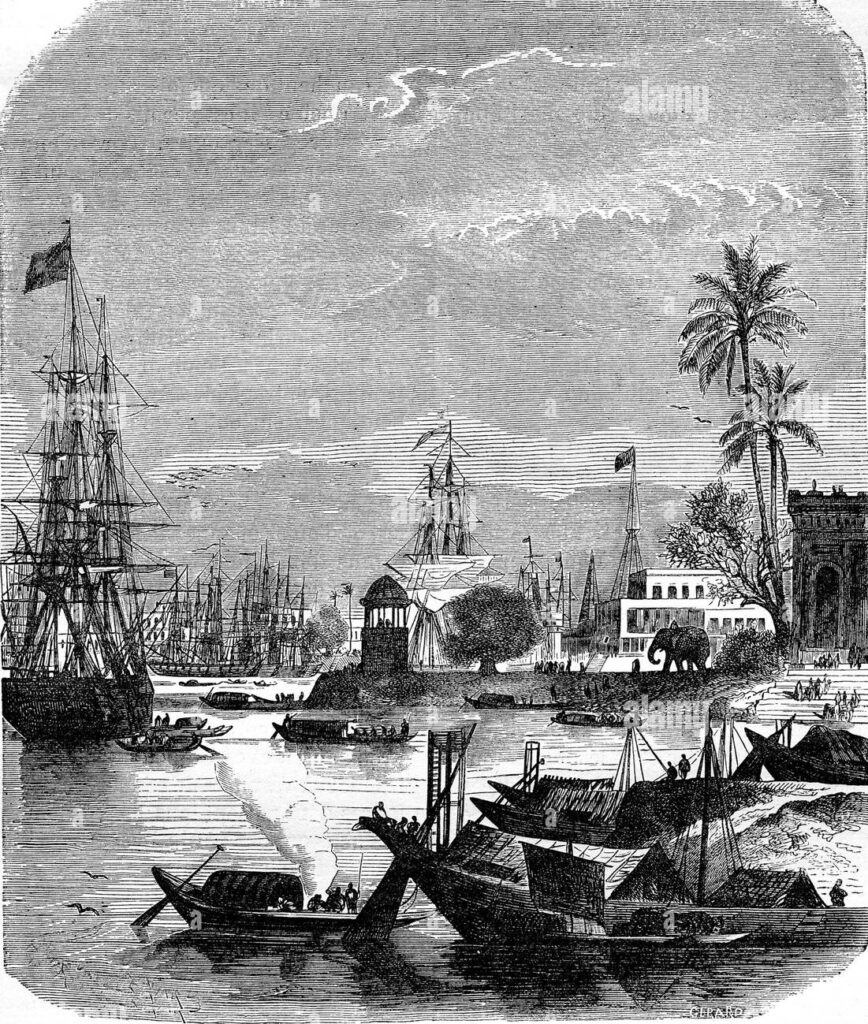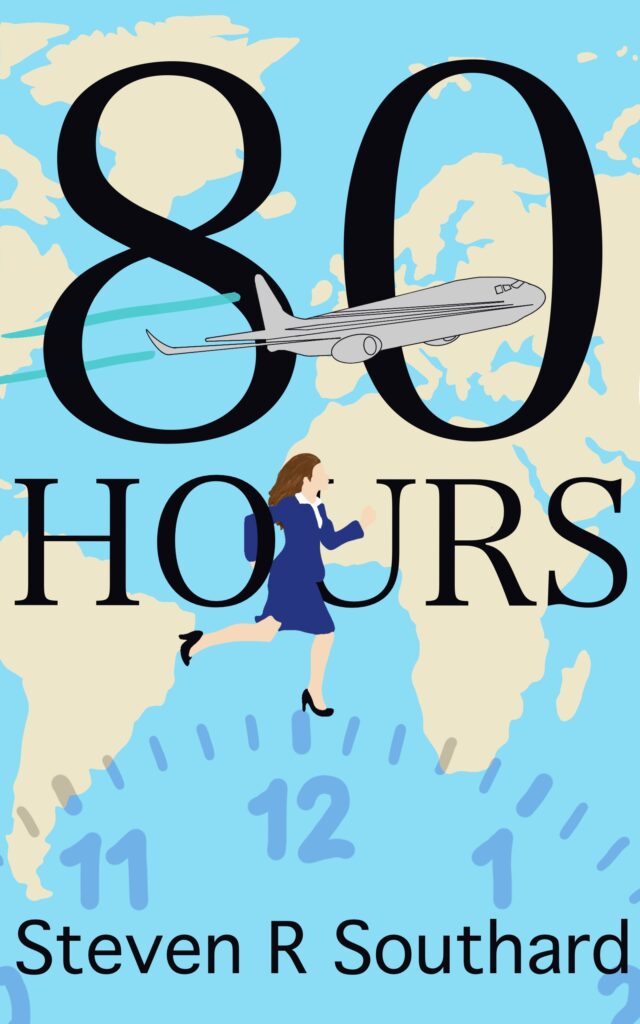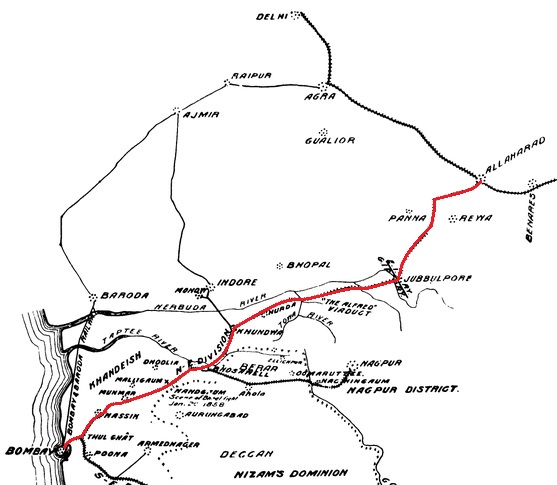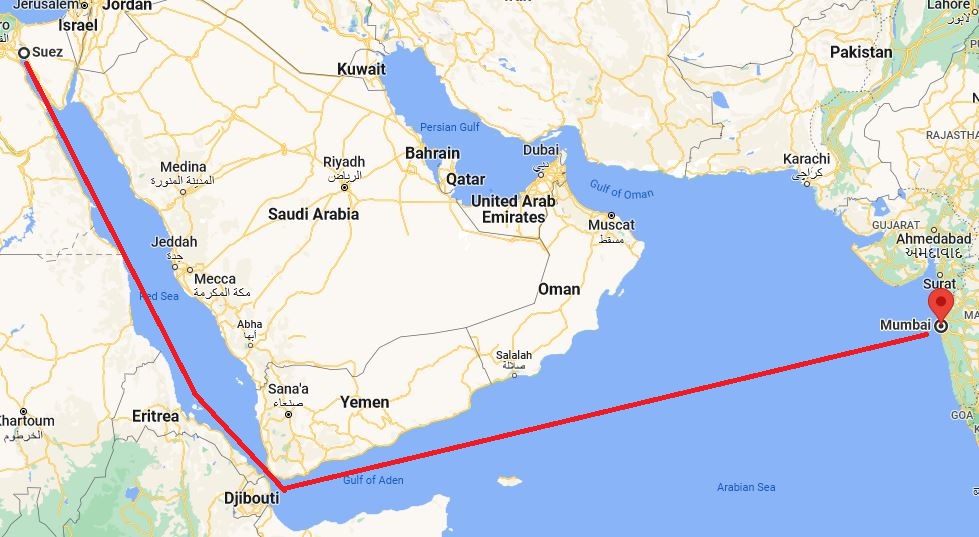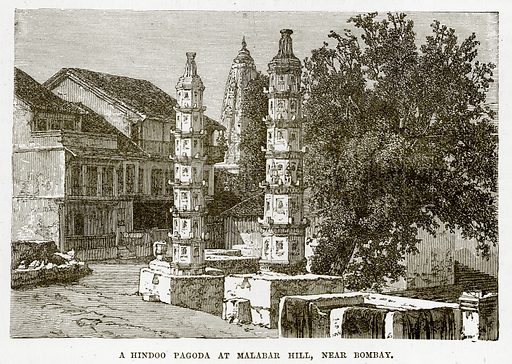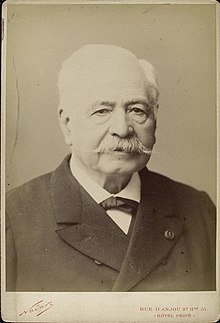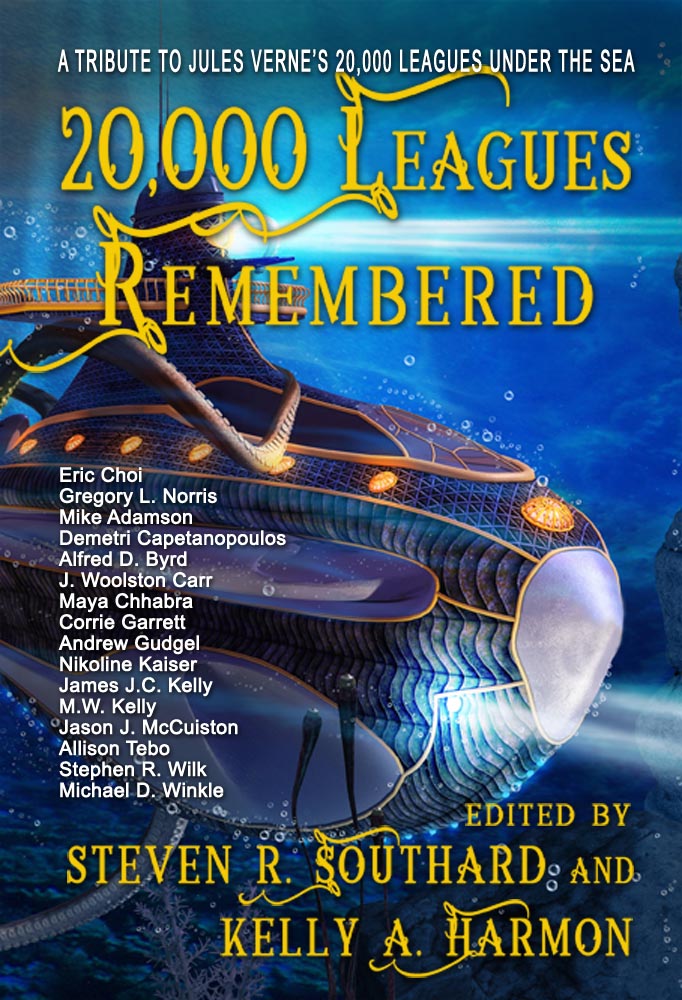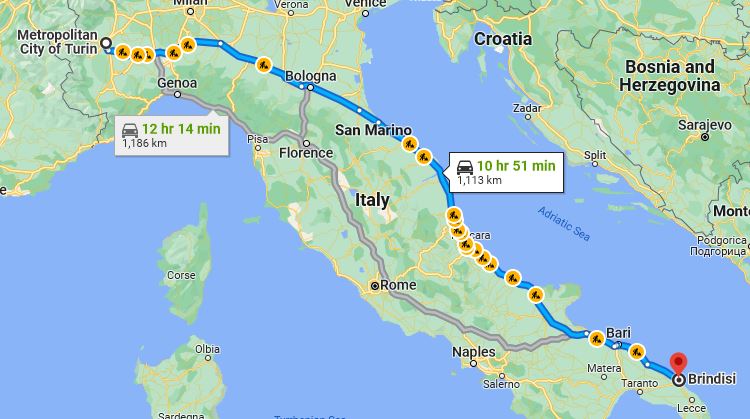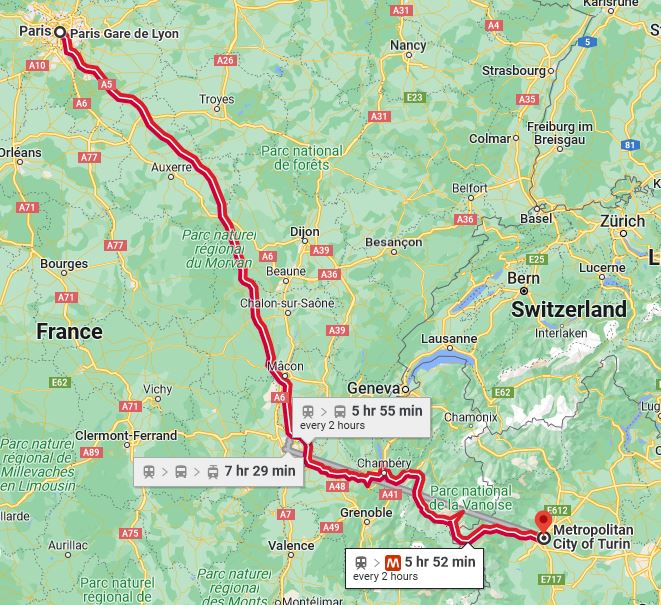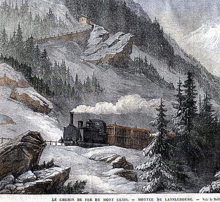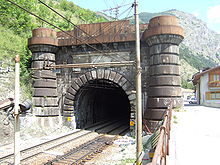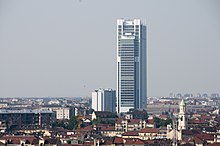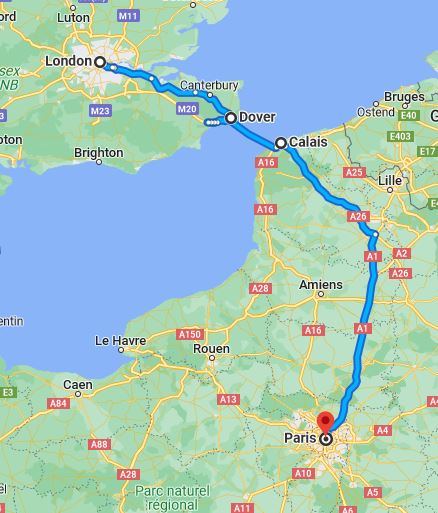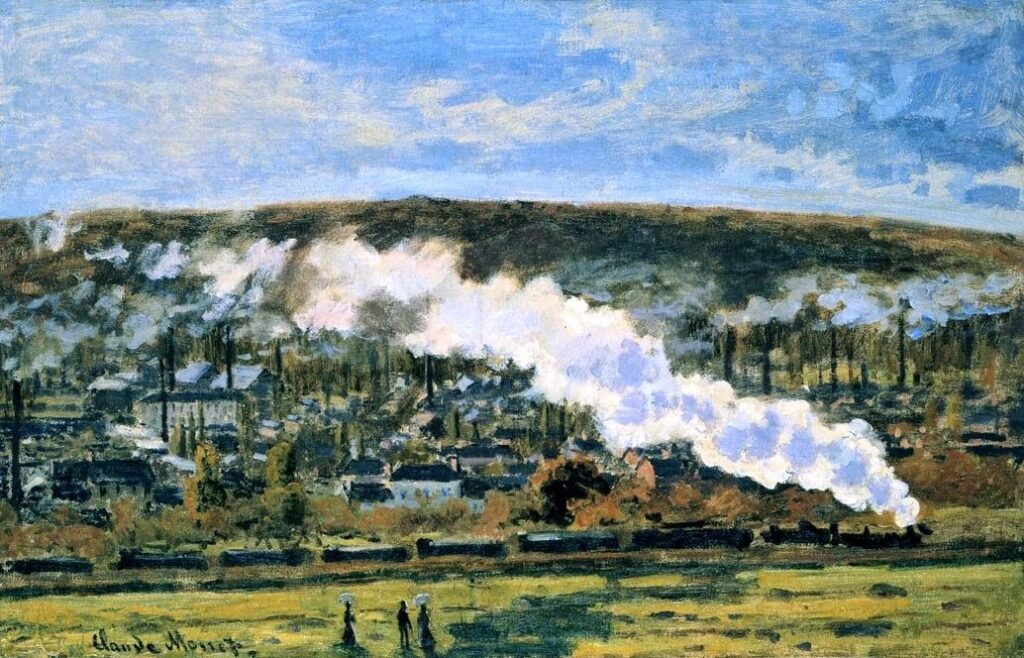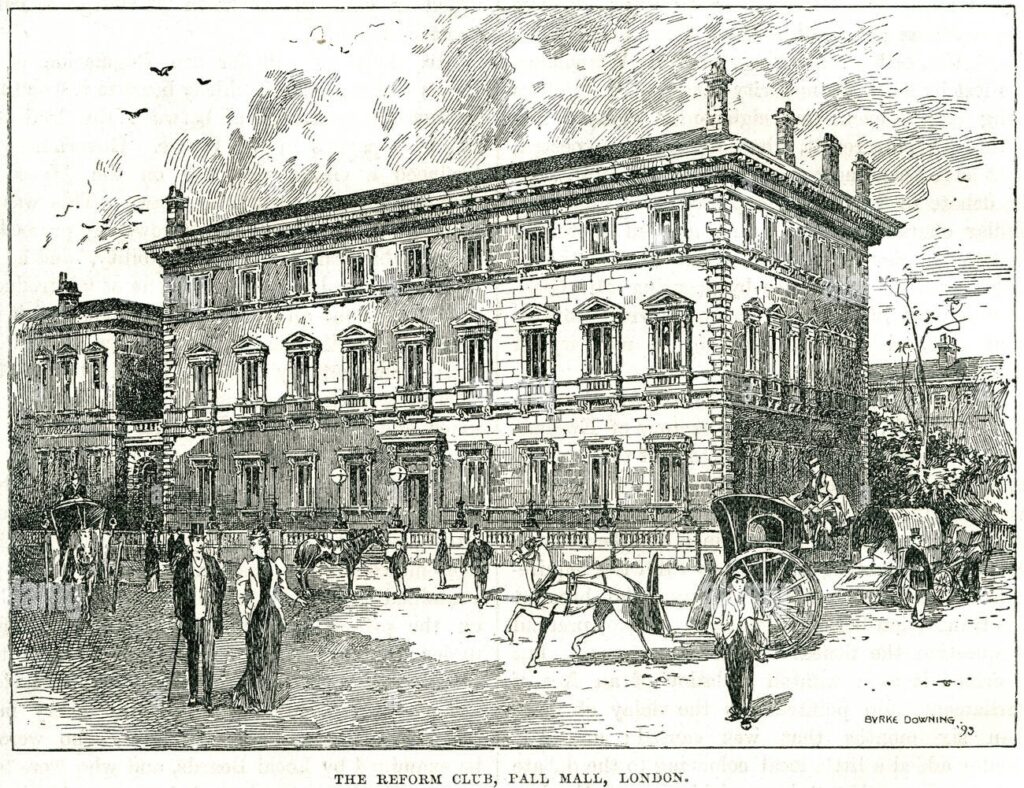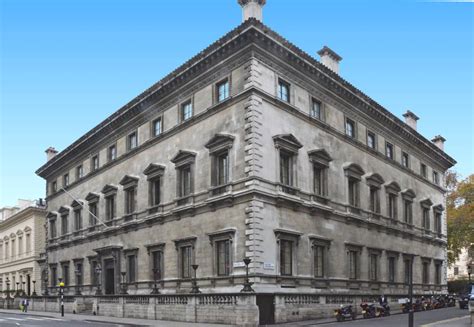You’re expecting another episode in my blogpost series following the path of Phileas Fogg in Around the World in Eighty Days. Sorry, but he and his companions are still on their way from Kolkata to Hong Kong aboard the Rangoon.
Today, I’m revealing the cover for the upcoming anthology Extraordinary Visions: Stories Inspired by Jules Verne. This is the first fiction anthology produced by the North American Jules Verne Society. I’m proud to have been, along with Father Matthew Hardesty, a co-editor for this project.
In the cover image, artist Amanda Bergloff captured the far-reaching imagination of Verne in her depiction of a squid, balloon airship, deep-sea diver, compass, and moon.
Within the anthology, you’ll find short stories by today’s authors, each exploring some aspect of the vast Verne oeuvre, each echoing the excitement and adventure of that French Father of Science Fiction. It includes tales by Mike Adamson, Joel Allegretti, Gustavo Bondoni, Demetri Capetanopoulos, Brenda Carre, Eric Choi, Christopher M. Geeson, Kelly A. Harmon, David A. Natale, Alison L. Randall, Janice Rider, Michael Schulkins, and Joseph S. Walker.
The Society is working with the publisher to finalize the anthology itself. It’s expected to launch sometime in the next few months. To find out when and where you can buy this extraordinary anthology, stay tuned to the Society’s website, or to this website by—
Poseidon’s Scribe


